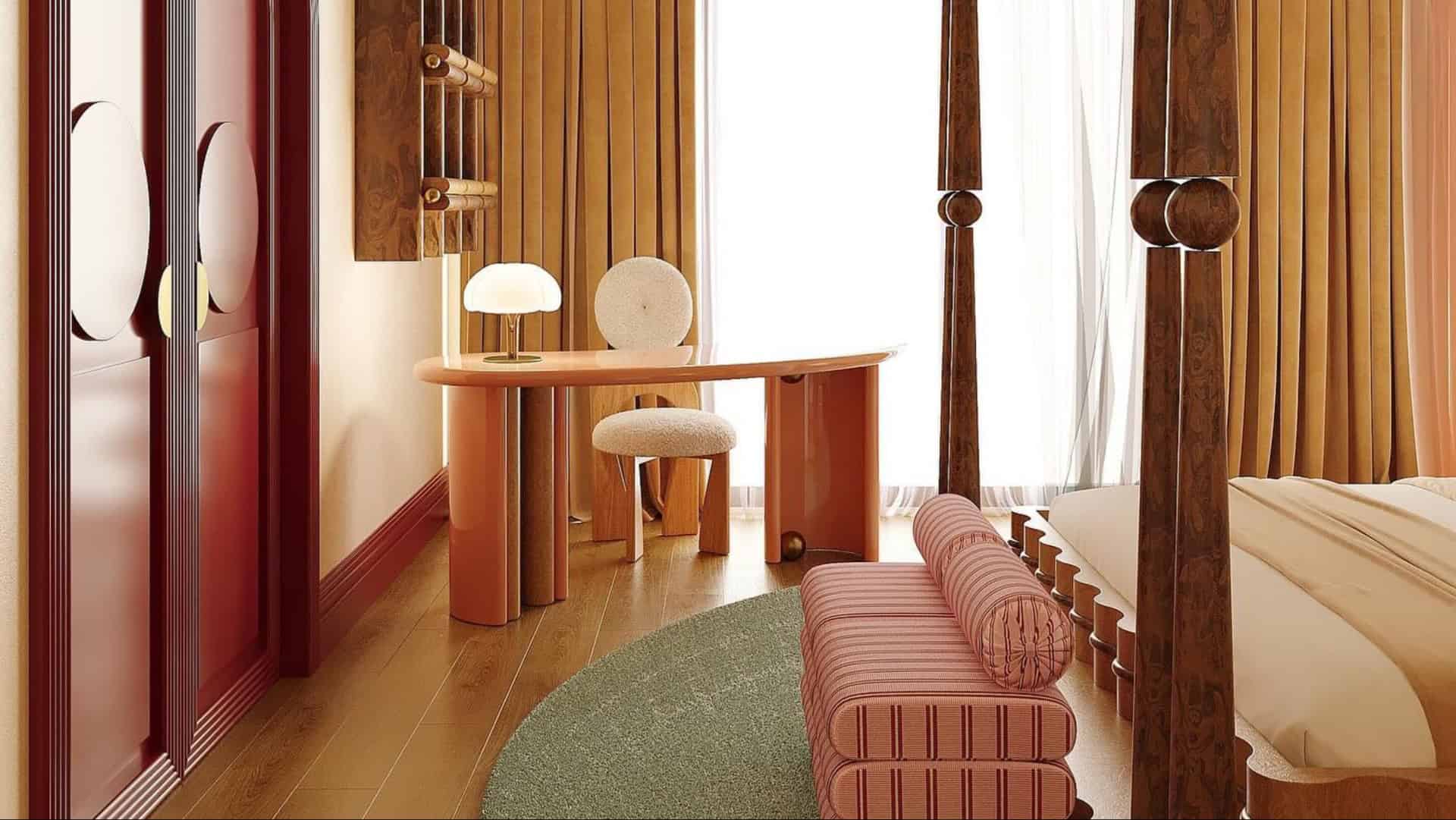Explore the fascinating distinctions between Art Nouveau and Art Deco, two iconic design styles that have shaped the aesthetics of the 20th century.
While both styles have left a lasting impact on art and architecture, they differ significantly in their principles and execution.
Dive into this exploration of elegance and modernity, where we unravel the unique characteristics that define these artistic movements within home design and decor.
1. Curvilinear vs. Geometric
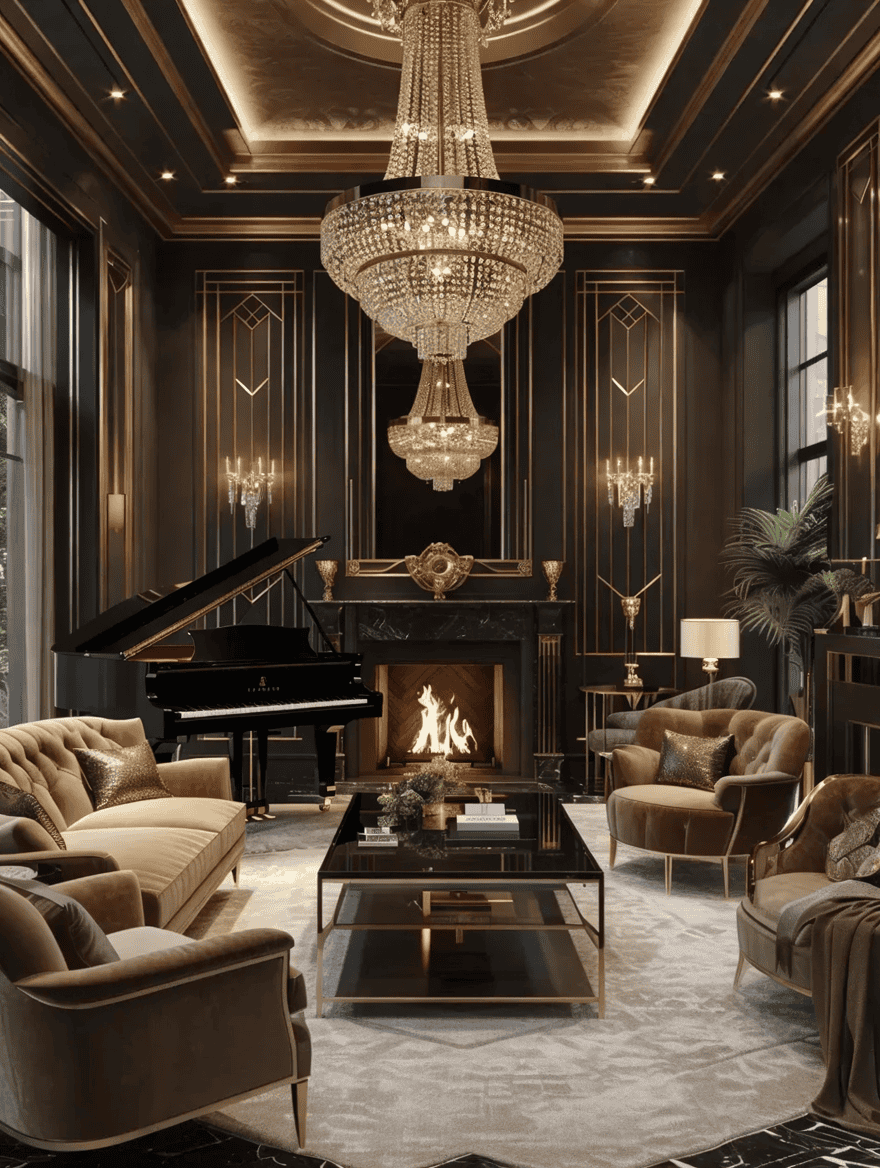
Art Nouveau is renowned for its curvilinear forms, inspired by natural elements like flowers and vines.
These designs create a sense of movement and continuity within a space, often incorporating asymmetry.
In contrast, Art Deco embraces geometric shapes, favoring symmetry and bold lines. This style exudes a sense of order and modernity, often seen in zigzags and chevrons.
When choosing between the two, consider your preference for either flowing elegance or structured modernity to achieve the desired ambiance in your space.
2. Nature-Inspired vs. Machine-Inspired
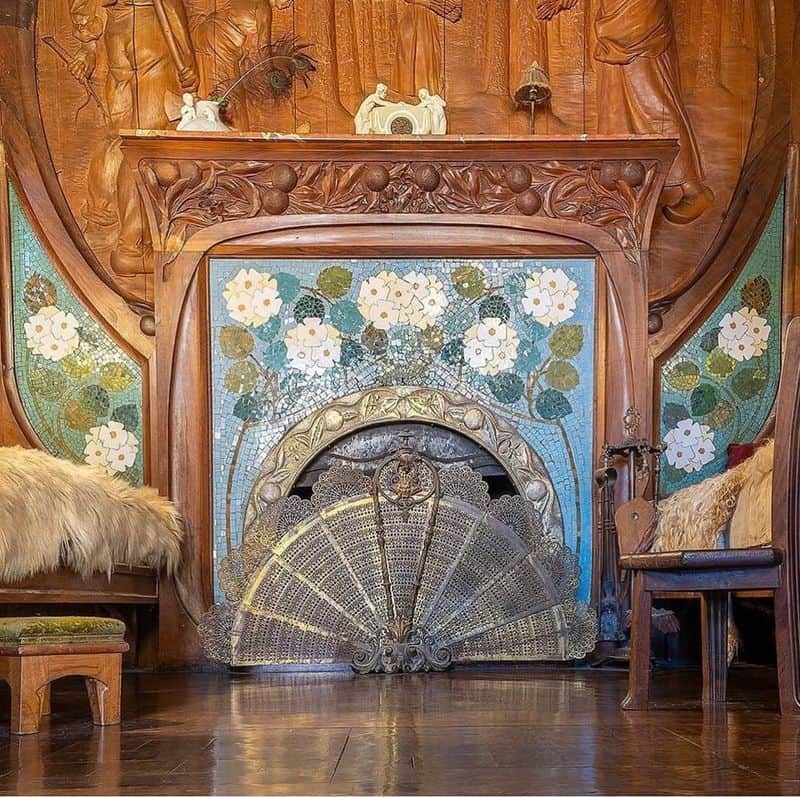
The Art Nouveau style draws heavily from nature, featuring motifs like leaves, flowers, and even insects.
These elements bring a touch of the outdoors inside, providing a serene and organic feel.
Meanwhile, Art Deco is influenced by the industrial age, incorporating machine-inspired motifs such as gears and streamlined forms. This gives spaces a sleek, modern look.
Choose Art Nouveau for a natural, calming environment or Art Deco for a chic, urban vibe that reflects the energy of the machine age.
3. Ornamental vs. Minimalist
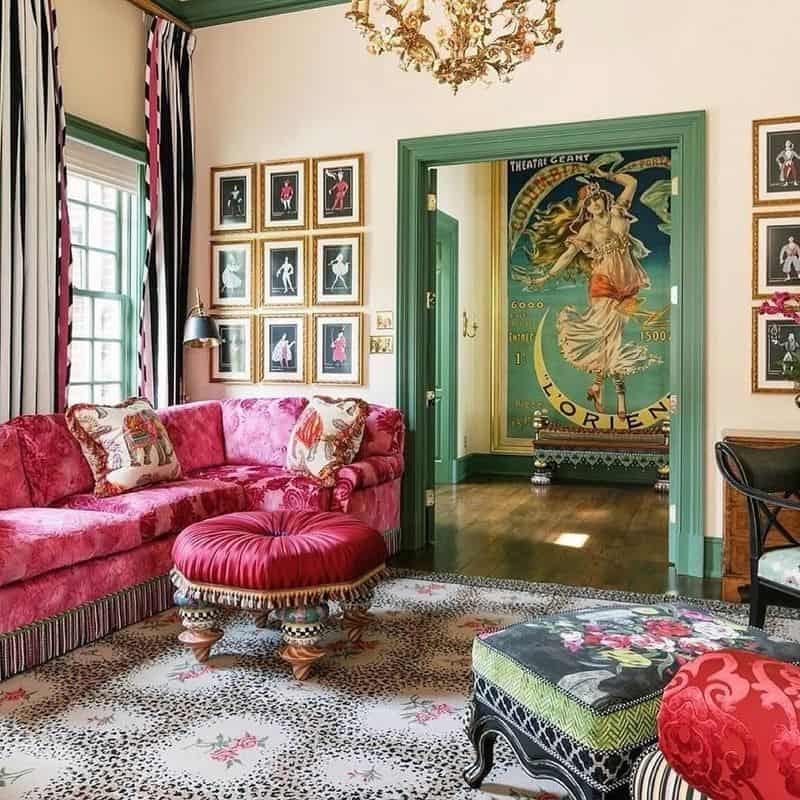
Art Nouveau’s focus is on intricate ornamentation, with elaborate details that captivate the eye.
This style often incorporates elaborate ironwork, stained glass, and detailed woodwork.
In contrast, Art Deco leans towards minimalism, emphasizing clean lines and simple forms.
The beauty lies in its understated elegance, often using luxurious materials like chrome and marble.
If you appreciate complex detailing, Art Nouveau will appeal to you, while those who prefer a pared-down aesthetic will find Art Deco’s simplicity more attractive.
4. Pastel vs. Bold Colors

Art Nouveau often employs a soft, pastel color palette, creating a gentle and harmonious atmosphere. This approach enhances the organic and delicate nature of the style.
On the other hand, Art Deco is characterized by bold and vibrant colors, such as rich reds, deep blues, and striking golds.
These hues add a dynamic and luxurious feel to a space.
Your choice between pastel and bold colors will depend on whether you want a soothing retreat or a vibrant, energetic environment.
5. Craftsmanship vs. Mass Production

Art Nouveau celebrates craftsmanship and the uniqueness of handmade items. Each piece is often meticulously crafted, reflecting the individuality and skill of the artisan.
In contrast, Art Deco embraces mass production, making style accessible to a wider audience. This approach showcases uniformity and precision while maintaining elegance.
If you value artisanal, one-of-a-kind pieces, Art Nouveau will resonate with you.
However, if you appreciate the sleek efficiency of mass-produced items, Art Deco might be more appealing.
6. Organic Materials vs. Industrial Materials
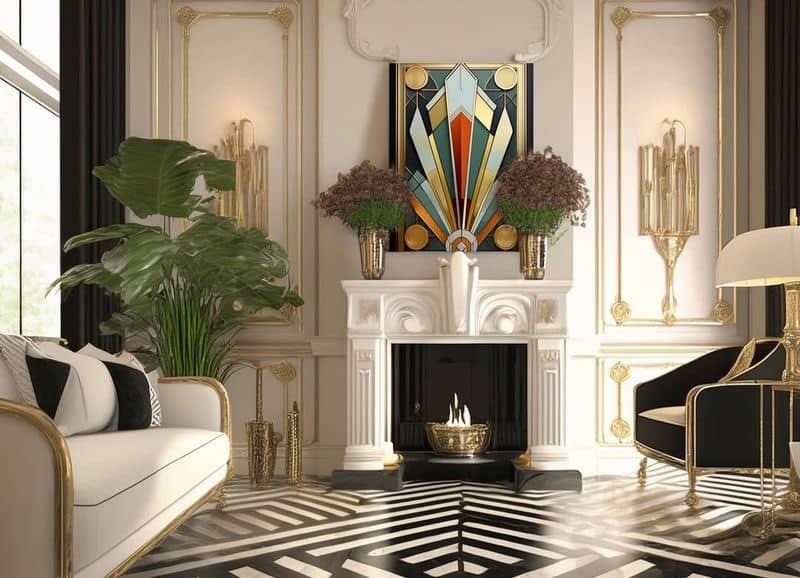
Art Nouveau design favors organic materials such as wood, glass, and ceramics, which complement its nature-inspired themes. These materials provide a warm, inviting feel.
Conversely, Art Deco embraces industrial materials like steel, chrome, and glass, emphasizing modernity and industrial prowess.
These elements contribute to a sleek and sophisticated appearance.
Choose organic for a cozy, natural ambiance or industrial for a polished, contemporary look that highlights innovation.
7. Asymmetry vs. Symmetry

Art Nouveau often employs asymmetry, creating a sense of movement and spontaneity. This approach reflects the organic and unpredictable patterns found in nature.
On the flip side, Art Deco values symmetry, with balanced designs that convey stability and harmony.
This style speaks to those who appreciate order and precision.
Depending on your taste, you might choose the playful unpredictability of asymmetry or the calming balance of symmetrical arrangements in your decor.
8. Whiplash Curves vs. Zigzag Patterns
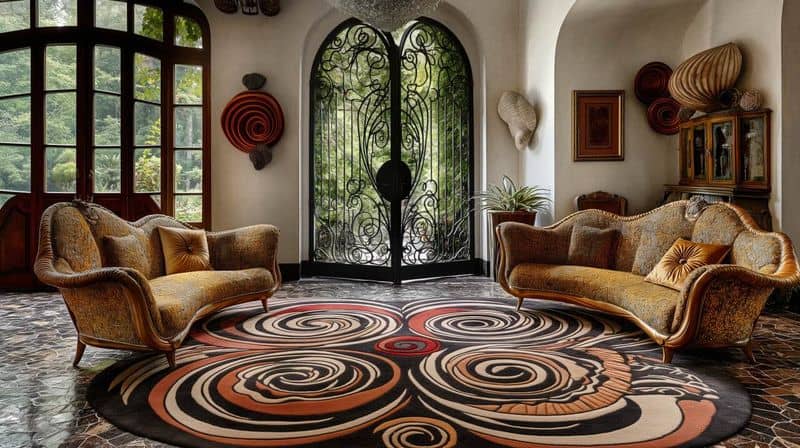
Art Nouveau is famous for its whiplash curves, dynamic and flowing, often seen in ironwork and furniture.
These curves evoke the beauty and fluidity of natural forms.
In contrast, Art Deco’s zigzag patterns are bold and striking, showcasing the modern industrial age’s excitement.
These patterns add a sense of speed and movement.
Whether you prefer the fluid grace of whiplash curves or the energetic appeal of zigzags, each offers a distinctive way to enhance your decor.
9. Traditional Motifs vs. Modern Abstraction
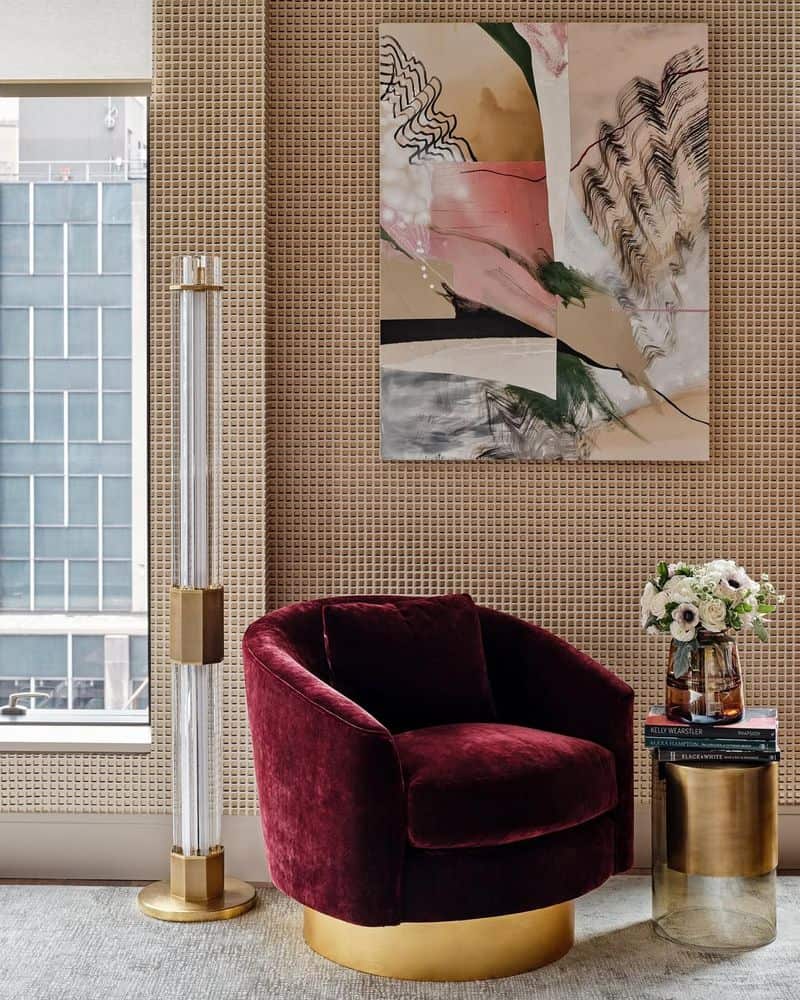
Art Nouveau often features traditional motifs, drawing on historical and natural references. These designs imbue spaces with a sense of timeless elegance and history.
Conversely, Art Deco embraces modern abstraction, with stylized forms that break away from traditional representations.
This style fosters innovation and creativity.
If classic elegance resonates with you, Art Nouveau’s motifs will appeal, while those seeking modern innovation may prefer the abstract elegance of Art Deco.
10. Flowing Forms vs. Streamlined Forms
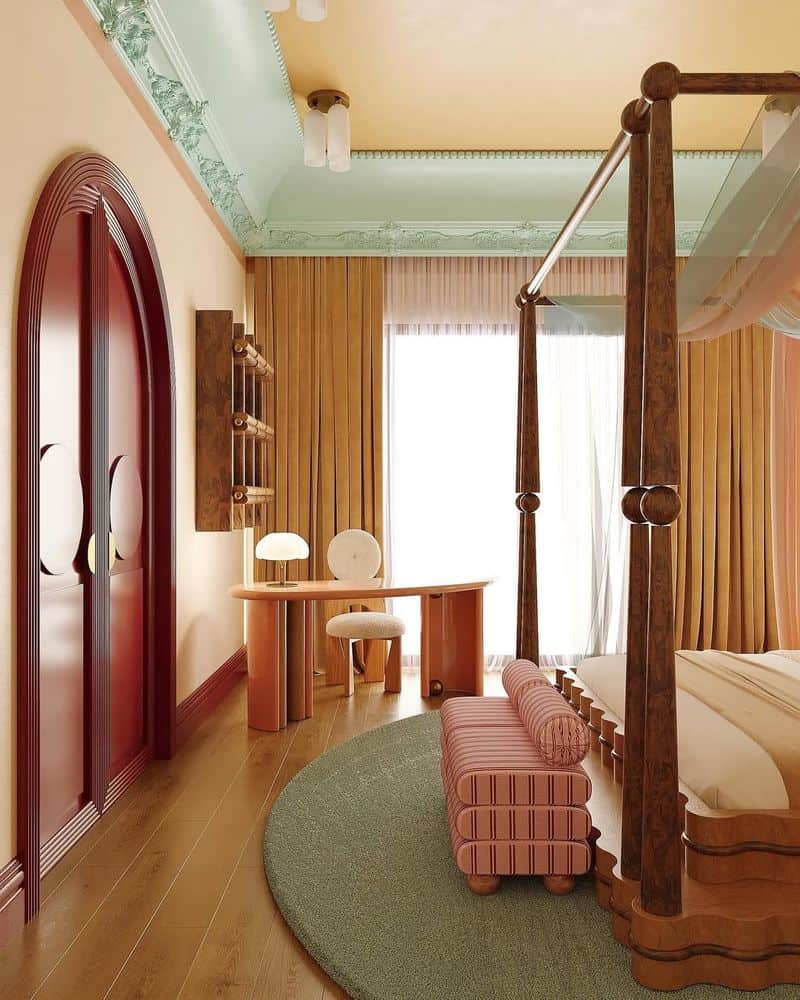
Art Nouveau is characterized by flowing, organic forms that move gracefully throughout a space, capturing the essence of nature’s rhythms.
In contrast, Art Deco focuses on streamlined, sleek forms, reflecting the dynamic progress of the industrial era.
These designs offer a sense of speed and efficiency.
Your preference for either flowing or streamlined forms will guide the ambiance of your home, whether you desire nature’s fluidity or the modern world’s precision.

